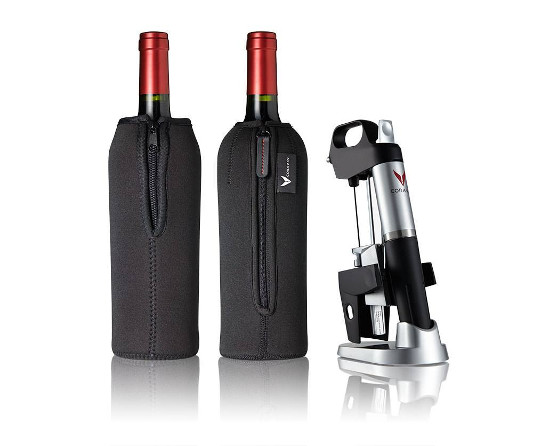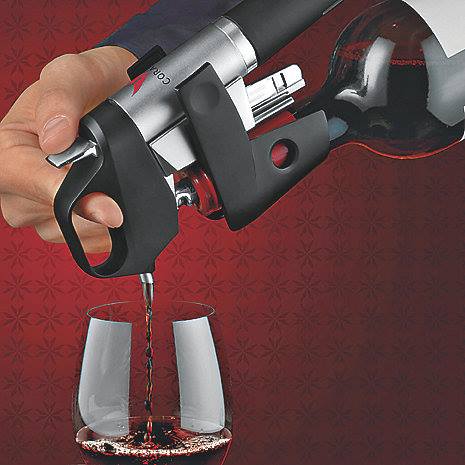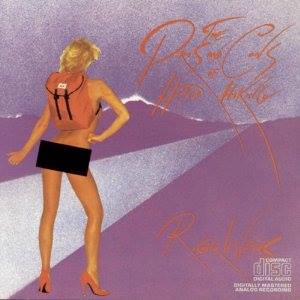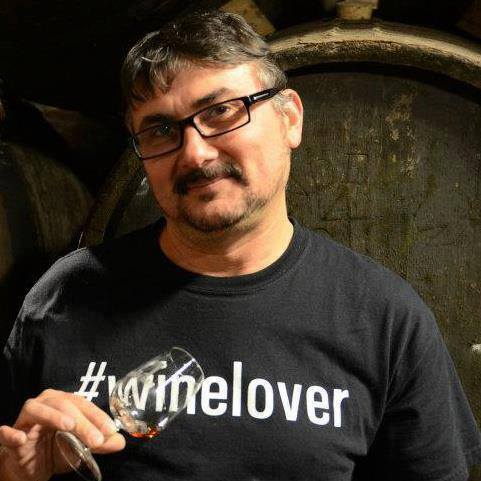|
|
Coravin: Worth It?
Luiz Alberto for 1000 Corks
I am not a big wine accessory lover. All I need is a corkscrew and a glass. However, after listening to the hype, reading the reviews (not all positive), and seeing it in action at a blind tasting, I broke down and purchased a Coravin.
I open many bottles per week, sometimes per day, and I am ashamed at how much wine goes down the drain. Being generally dissatisfied with the “wine preservation” systems currently available, I felt the $299 plus an additional $40 for replacement argon canisters more than made up for the cost of the waste.

The main motivation was to be able to access many different bottles of wine for blind tasting practice without “wasting” the entire bottle. In my experience, the Coravin has been an extremely useful tool because it allows me to taste and re-taste a wine over the course of a few months (perhaps years) rather than a few days. But is it for everyone and is it for every wine?
One could argue that the Coravin is probably the most revolutionary product in the wine industry since the glass, bottle, and cork. It is not an opener and not a preservation system, but yet, it is a happy marriage of the two.
Here’s how it works: The beauty of the system is that the original cork remains in the bottle and oxygen is not allowed to enter the headspace.
The cork and capsule are pierced by a medical grade needle which comes in 3 different gauges: fast, standard, and vintage. The fast needle pours a five ounce glass in 16-20 seconds and the vintage in 30-33 seconds, when normally it would take 5 seconds.
Once the cork is pierced, the user presses a button for 1-2 seconds which dispenses the argon gas (an inert gas which is widely used throughout the wine making process to prevent oxidation). The gas pressurizes the bottle forcing the wine up through the needle and into the glass. Once the desired amount is poured the needle is withdrawn and the cork magically reseals itself unless the cork is defective.
Portion control and preservation are the biggest benefits. Imagine being able to serve a glass of the perfect pairing with every course, from lightest to heaviest, without having to open six bottles?
This technology allows #winelover-s to check on the health and evolution of the wines aging in their cellars one mouthful at a time rather than playing the guessing game checking on one bottle at a time. It also benefits restaurants who aim to profit from greater diversity in their by the glass programs.
With this technology, on premise establishments can now have the opportunity to feature their entire list by the glass and there is no pressure to sell the remainder of the bottle because it is completely preserved. An additional benefit, no more broken corks!

Of course, there are the skeptics. “Doesn’t ‘accessing’ wine kill some of the romance of decanting?”. I don’t see how decanting is all that romantic anymore. Sometimes for blind tastings for my MW studies I would have 3-4 decanters on the table. I think the clutter detracts from the real romance of the wine.
Now I can have 12 glasses, but not 12 full bottles to finish. That being said, there are wines that must be decanted for aeration or to remove sediment, like a vintage Port. For those, I typically use a Bev Wizard or another portable aerator. Long corks are problematic if the needle cannot pierce through.
Also, it doesn’t work well on synthetic corks because they don’t reseal like the natural corks do. And, obviously, screw caps and sparkling wines are out of the question.
Can anyone use this device? Yes, but it does take some practice to properly insert the needle and dispense the appropriate amount of gas.
Should you use it for every pour? Yes, you can, but I don’t recommend it. Approximately 1% the world’s wines are intended to be aged. Most wines available on your average retail shelves are intended to be enjoyed upon release, or within 5-7 years of bottling, without gaining further complexity in the bottle. Can you use the device on these bottles? Absolutely!
If you’re a #winelover that likes to have only one glass per night, this is a valuable tool. However, if you are taking more than three pours from an everyday drinking wine, it makes more sense to pull the cork. The system does have an accruing cost.
The initial cost is compounded by the cost of the argon canisters. They are small and cost roughly $10 each to replace and I am not sure if they are readily accessible at the local hardware or retail outlet. The system uses specially designed gas canisters. Recycling and disposing of the gas cylinders may be restricted depending on where you live.
Each canister has enough gas to dispense 15 five-ounce pours. This adds approximately sixty-five cents to each glass of wine. If you are using the device with every glass of wine you consume, you will be replacing the canisters often. I have become accustomed to using the device only when benefits of “accessing” the bottle outweigh the cost of opening the bottle.
Earlier this year the company issued a voluntary, temporary cease and desist because there were 14 cases where pressurized bottles broke even under low pressure. After an investigation the design engineers found that under regular circumstances this should never happen and concluded that the bottles that had broken must have been defective.
Defective bottles are obviously out of Coravin’s control. The company issued remedy kits to all of its customers that consisted of a “bottle sleeve” which, in the case of a break, protected the user from the glass. This is now included with the unit.
Does it work? Yes! I have used it on several bottles of wine for blind tastings and gone back and tasted again a couple of weeks later and the wine has experienced absolutely no oxidation. No change at all, really, which makes me wonder, how does this change the natural development of the wine?
Wines that are intended to age are living BREATHING things. They need a slow and steady diet of oxygen, which enters through the cork in order to develop the full spectrum of flavors and structure that nature and the wine maker intended. Does the argon escape through the cork over time? Will the exclusion of oxygen alter the way the wine would have developed?
This is new technology so the jury is still out, but I have found it very useful. I would highly recommend it to any #winelover.

If you know me, you probably have already heard that one of my favorite rock albums ever is The Pros and Cons of Hitchhiking by Roger Waters (the first solo album from Pink Floyd's bass player and lead singer). Just like the story told through the songs of the album released in 1984 of a married man's disperse thoughts during a road trip through Central Europe, there are pros and cons for everything in life…
So, before you make up your mind if you are going to buy one, here are the ones for Coravin:
Pros:
+ No pressure to drink more than you want. The remainder of the wine won't go bad.
+ It's a great tool for wine students. Many blind tastings per day are possible.
+ It's great for pairings. You can start with a light white wine to pair with your appetizer, a big Cab with your steak, and so on…
+ Works really well for restaurants. They now can have a much wider range of wines by the glass.
+ It helps tremendously if you receive many wine samples.
+ No problems noticed with natural corks. They seem to reseal almost immediately.
+ Works well for groups of people with different tastes. You can pour your guests exactly what they want to drink.
+ Helps with large size bottles (Magnums and larger).
+ No degradation in the wine noticed after a couple of months. However, I’m not sure yet how the wines are going to develop (or not) after a few years.
Cons:
- The canisters of Argon are small and have to be replaced constantly.
- It doesn't work well with synthetic corks. They leak after the needle is inserted.
- Obviously, it doesn’t work with screw caps.
- Pouring is slow with the standard needle.
- It can be problematic for long corks as they may be a little longer than the needle.
- Bottles may break (apparently it happened on a few occasions), so a bag for protection is included with every unit.
Special thanks to Luiz Alberto for this article. If you aren't following him on twitter, @TheWineHub, you are missing out.

Two comments
I've always wanted a Coravin. Now I want one more!
OMG!!!! Worst wine I have ever had the horror of putting in my mouth! Sour, marketed as red but there was nothing red about it. Purple, deep purple at best. Sour beyond belief.
Totally disappointing.